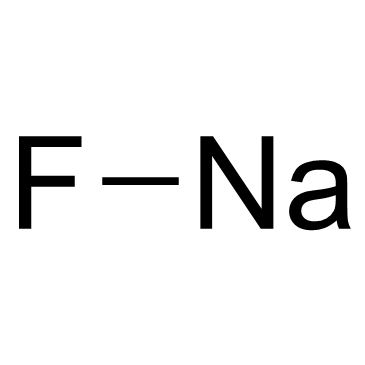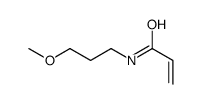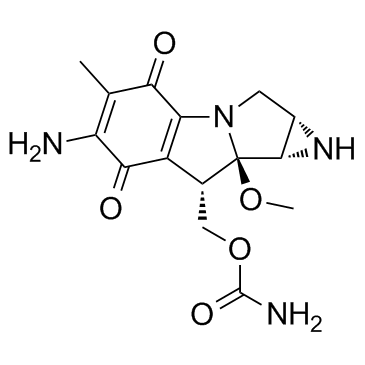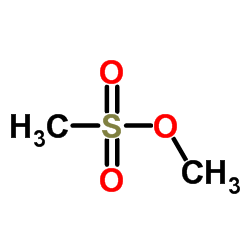| Structure | Name/CAS No. | Articles |
|---|---|---|
 |
Sodium Fluoride
CAS:7681-49-4 |
|
 |
Ethidium bromide
CAS:1239-45-8 |
|
 |
N-(3-Methoxypropyl)acrylamide
CAS:107374-86-7 |
|
 |
Dimethyl sulfoxide
CAS:67-68-5 |
|
 |
Mitomycin C
CAS:50-07-7 |
|
 |
Ethylenediaminetetraacetic acid
CAS:60-00-4 |
|
 |
8-Octanoyloxypyrene-1,3,6-trisulfonic acid trisodium salt
CAS:115787-84-3 |
|
 |
Methyl methanesulfonate
CAS:66-27-3 |